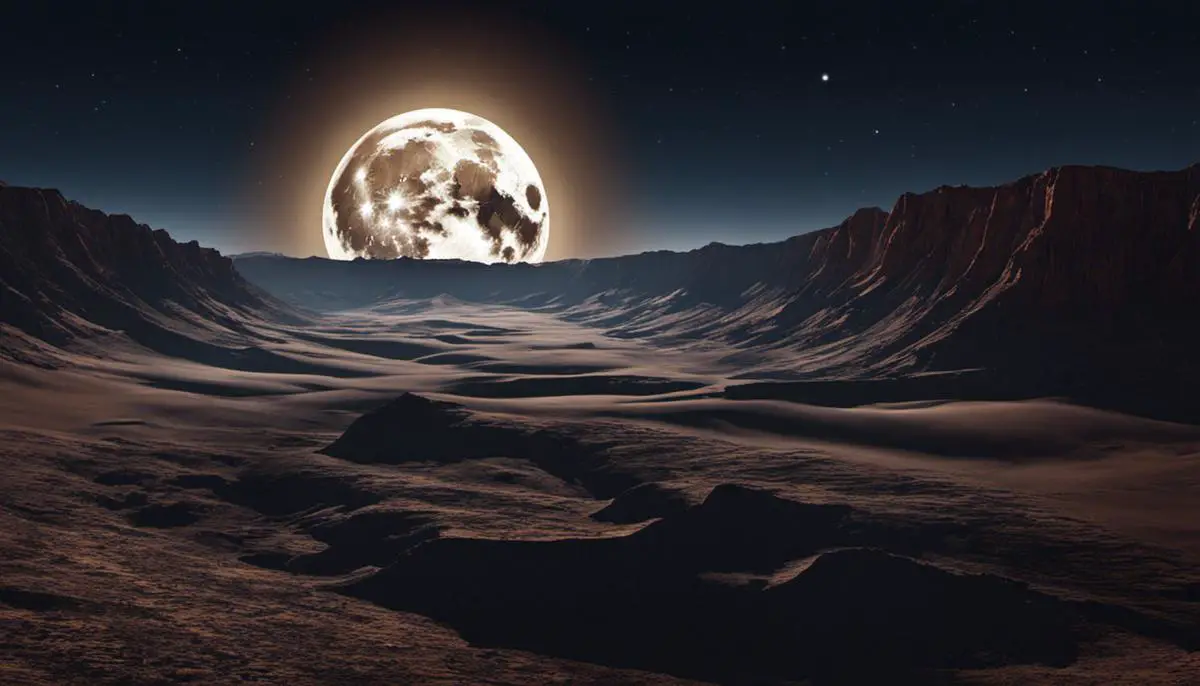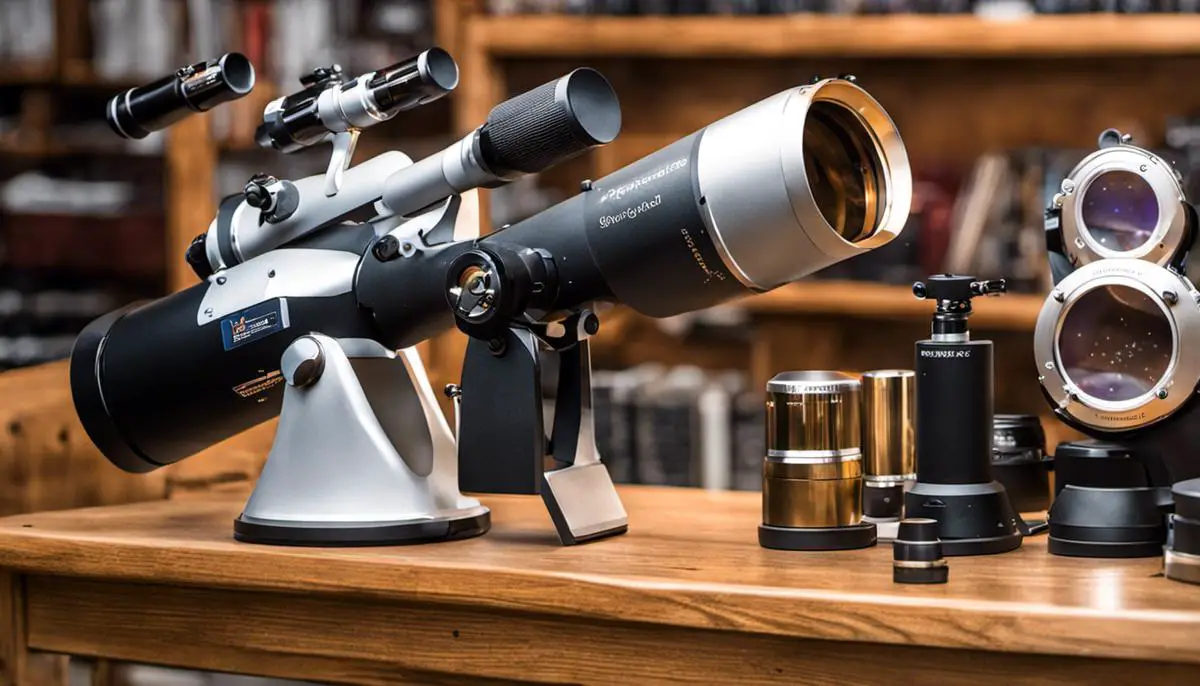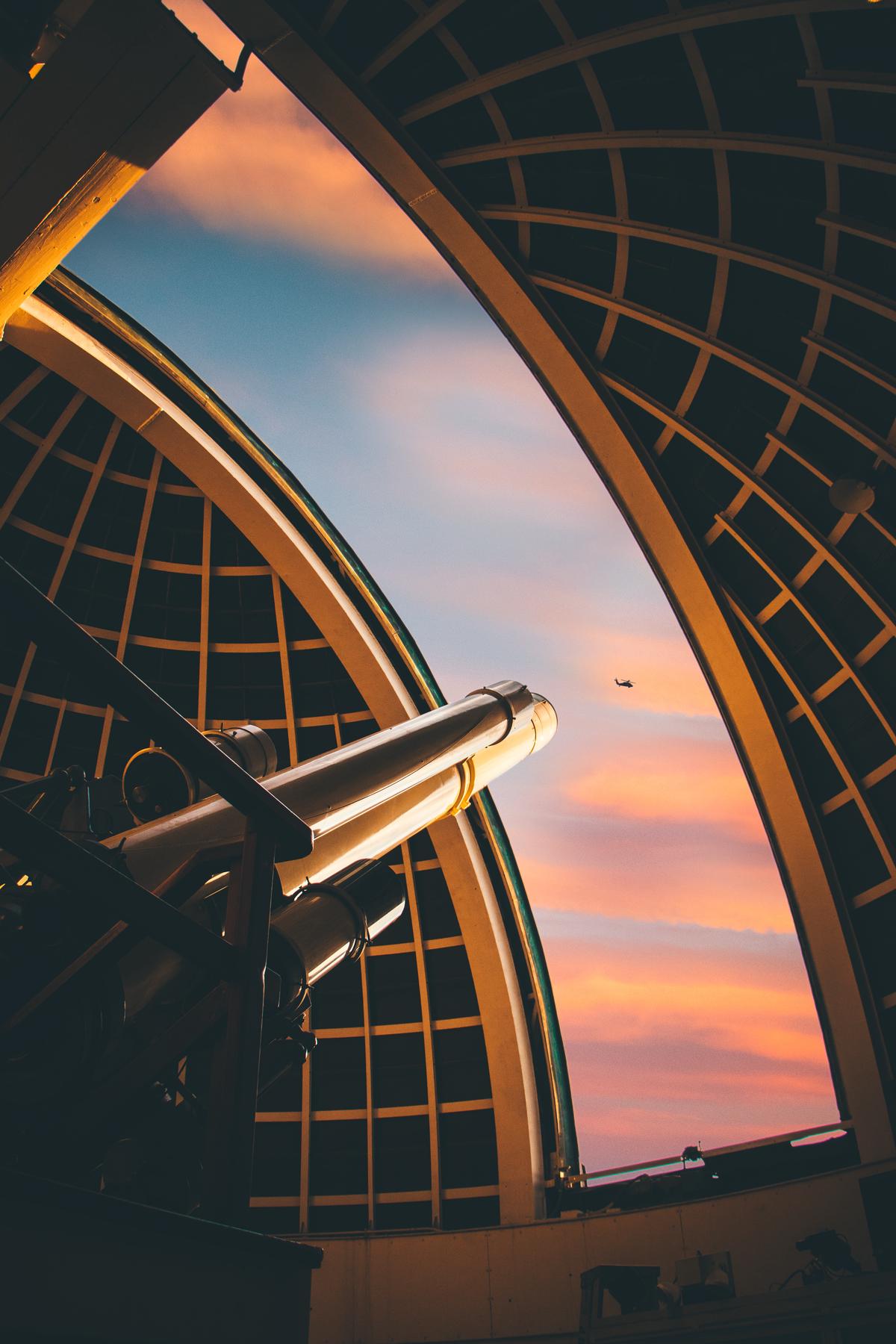As one of the most mesmerizing celestial events, the full moon captivates spectators across the globe with its radiant beauty and awe-inspiring presence. A spectacular phenomenon that has served as muse to poets and an object of study for scientists, the moon in its fullest phase is a gem for sky-watchers. In this discourse, we delve deep into the underlying science of a full moon to understand why it occurs, the significance of its various lunar phases and the profound impact it has on skywatching. Furthermore, we explore essential astronomy tools like telescopes, star charts, and cutting-edge apps that can significantly enhance your experience of observing a full moon, demystifying their functionality, optimal uses and handling. Lastly, we unravel different observation techniques, covering aspects such as optimal positioning, tracking moon path, combating light pollution, and accurately documenting observations to maximize your full moon skywatching experience in September 2023.
Understanding full moon phenomenon
Understanding the Full Moon Phenomenon
The full moon is a spectacular celestial event that occurs approximately once a month, leaving observers on Earth treated to a bright, round celestial body that illuminates the night sky. This event occurs when the moon is on the opposite side of Earth from the sun. During this time, the side of the moon we see from Earth is fully illuminated by the sun’s light, creating what we perceive as a full moon.
The Process of Lunar Phases
The lunar phases are the different appearances of the moon from Earth as it makes its orbit around our planet. The moon’s phases comprise a cyclical pattern of new moon, waxing crescent, first quarter moon, waxing gibbous, full moon, waning gibbous, third quarter (or last quarter), and waning crescent, back to a new moon.
It’s important to note that these phases are a result of the moon’s orbit around Earth and the relative positions of the earth, moon, and sun. The moon orbits the Earth every 29.5 days, and in its movement, different portions of the moon are illuminated by the sun, creating the phases we see.
Why Does a Full Moon Happen?
A full moon happens when the moon, sun, and Earth align, with the Earth situated between the sun and the moon. This positioning means that the sunlight illuminates the entire visible face of the moon, causing it to appear full from our perspective on Earth. Please note this phase happens once in each lunar cycle.
The Significance of a ‘Full Moon’ in Skywatching Terminology
In skywatching terms, a full moon doesn’t merely refer to the phase of the moon. It is more significant than that. A full moon is a celestial event that has fascinated and intrigued humans for millennia, inspiring legends, myths, and numerous cultural practices.
A full moon provides the best opportunity to observe the moon with the naked eye or with the aid of telescopes and binoculars. It becomes easier to see lunar maria (large, dark, basaltic plains on the moon’s surface), impact craters, and other geographical features on the moon’s surface during the full moon phase. Also, lunar eclipses only occur during full moons, when Earth’s shadow can fall onto the moon’s surface.
When preparing for the full moon in September 2023, ensure you have a clear night sky, get a suitable viewing spot preferably away from excessive light pollution, and have a comfortable place to sit or lie back and watch this heavenly spectacle. Patience will also be an essential virtue as the moon makes its fascinating transition.

Basic Astronomy Tools
Basic Astronomy Tools
Skywatching demands the right kind of tools to elevate your experience from just observation to an understanding of celestial events. Some of the essential tools for skywatching include telescopes, binoculars, star charts, and apps.
Telescopes For Skywatching
Telescopes are a primary tool used in observing the moon, stars, planets and distant galaxies. Their primary function is to gather more light than the human eye can, thus making distant and faint objects more visible. Telescopes are popular for their magnification capability, but their most important function is their ability to deliver a bright and sharp image.
There are different types of telescopes that are suitable for different kinds of observations, including reflector, refractor, and compound telescopes. Once acquired, a telescope should be handled with care. Always ensure that the lenses and mirrors are kept clean and are not subjected to physical shocks.
When observing the full moon in September 2023, it’s essential to focus your telescope until the lunar surface is sharp and clear to your view, highlighting the craters and shadows making the moon’s surface unique.
Binoculars for Skywatching
Binoculars are another practical tool in the world of astronomy. While they don’t have the magnification power of telescopes, they offer a wider field of view, and if you’re planning to do star-hopping (moving from one star to another), then a pair of binoculars will be perfect.
For observing the full moon, binoculars give a beautiful, clear, and detailed view of the lunar surface features. The ease of handling and portability makes binoculars a popular choice for beginners. They should also be handled with care and always kept clean and stored in a dry place.
Star Charts
To navigate the night sky, you’ll need a star chart or a sky atlas, which can either be a physical map or a digital version. Star charts aid in identifying constellations, stars, and other celestial objects. Using a star chart can be as simple as matching what you see in the sky to what is on the chart.
There are also available pocket-friendly star wheel or planispheres that are handy and easy to use. It’s important to note that these guides need to be oriented properly corresponding to your time, date, and direction.
Skywatching Apps
With technology advancement, there are numerous apps available that allow users to navigate the night sky with ease. Apps like SkyView and Star Walk provide detailed information about what’s visible in the sky at any given time. They use augmented reality (AR) to overlay constellations, stars, planets, and even satellites on your smartphone or tablet’s display.
In preparing for the full moon observation in September 2023, these apps will assist you with precise timing, help you find the moon in the sky instantly, and provide interesting facts about the moon and its surface.
Remember, observing the night sky is a learning experience, and the more you utilize these tools, the more comfortable you will become. Happy skywatching!

Observation Techniques
Understanding Moon Observation Techniques
The act of observing the moon starts with finding a spot with clear visibility and minimal light pollution. As the moon will be fully illuminated, it will be easy to spot as the brightest object in the night sky. A rural area would be ideal, but if this is not accessible for you, a location with minimal street lights, such as a city park, can also work. You can determine the best time to see the moon using a moon visibility chart available online.
Positioning and Tracking the Moon Path
Correct positioning is key in skywatching. The night of the full moon is not necessarily the best time to observe the moon because lunar features such as craters and mountains are better seen during the first quarter phase when there are more shadows. However, if you are observing during a full moon, you’ll appreciate the full face of our celestial neighbor in all its glory.
Begin tracking the moon’s path in the daytime when it rises in the east. This will help you determine the moon’s trajectory across the sky before nightfall. Using a compass, find east, and mark trajectories roughly where the moon is expected to “travel” in the sky.
Dealing with Light Pollution
Light pollution is the excessive or intrusive artificial light. It obscures the stars and celestial bodies in the night sky. If you can’t escape city lights, there are ways to mitigate light pollution. Using a moon filter can make viewing the full moon more enjoyable by reducing glare and increasing contrast. These attach directly to your eyepiece of your telescope.
Furthermore, you can also use apps that help simulate viewing through a telescope that blocks out light pollution. Ensure to turn off all nearby lights during your observation to help your eyes adjust to the darkness and improve your night vision.
Documenting Observations
The best way to document your lunar observations is through a process called astrophotography. This is a specialized type of photography that involves capturing images of celestial bodies. If you’re using a smartphone, there are numerous apps designed to optimize your camera for astrophotography.
If you opt to use a telescope, you can use an adapter to fit your smartphone camera to the eyepiece and capture detailed images of the moon’s surface.
Another traditional way to document observations is keeping an observation log. You can note down the time, date, and weather conditions, along with your impressions, sketches of the lunar surface, and any noticeable features. This way, by the time the full moon of September 2023 arrives, you’ll be ready with expert observation skills.

With a solid understanding of the science behind the full moon phenomenon, equipped with the right astronomy tools, and armed with vital observation techniques, you are now fully geared to marvel at the celestial spectacle of the full moon in September 2023. The moon, in her fullest glory, is not just a sight to behold but a universe in itself to explore and understand. Let her silvery luminescence guide your curious gaze upward, instilling a sense of wonder, awe, and curiosity within you. Remember, every gaze skyward is a step towards widening our perspective of the cosmos and our place within it. So set up your telescope under the open sky, let your eyes trace the moon’s well-trodden path, and cherish the extraordinary spectacle of the full moon as she fills the night sky with her radiant glow.
![]()
